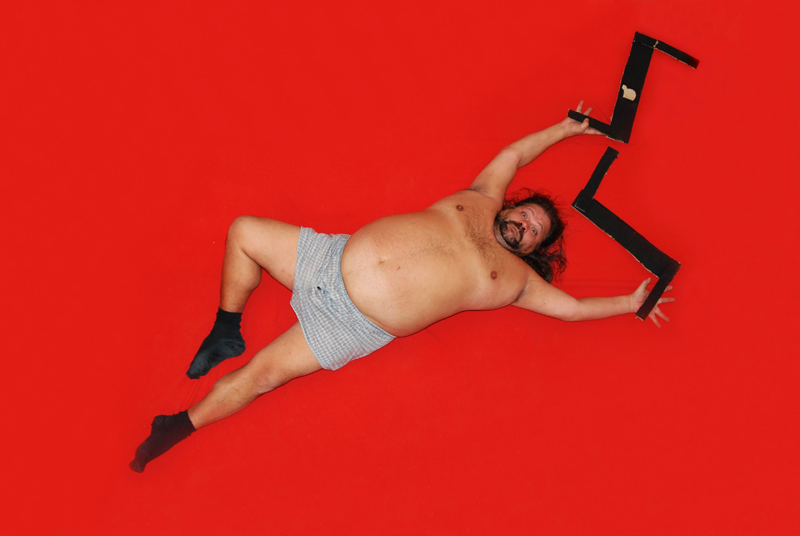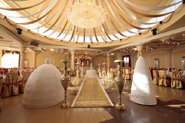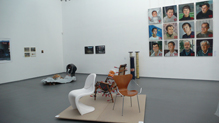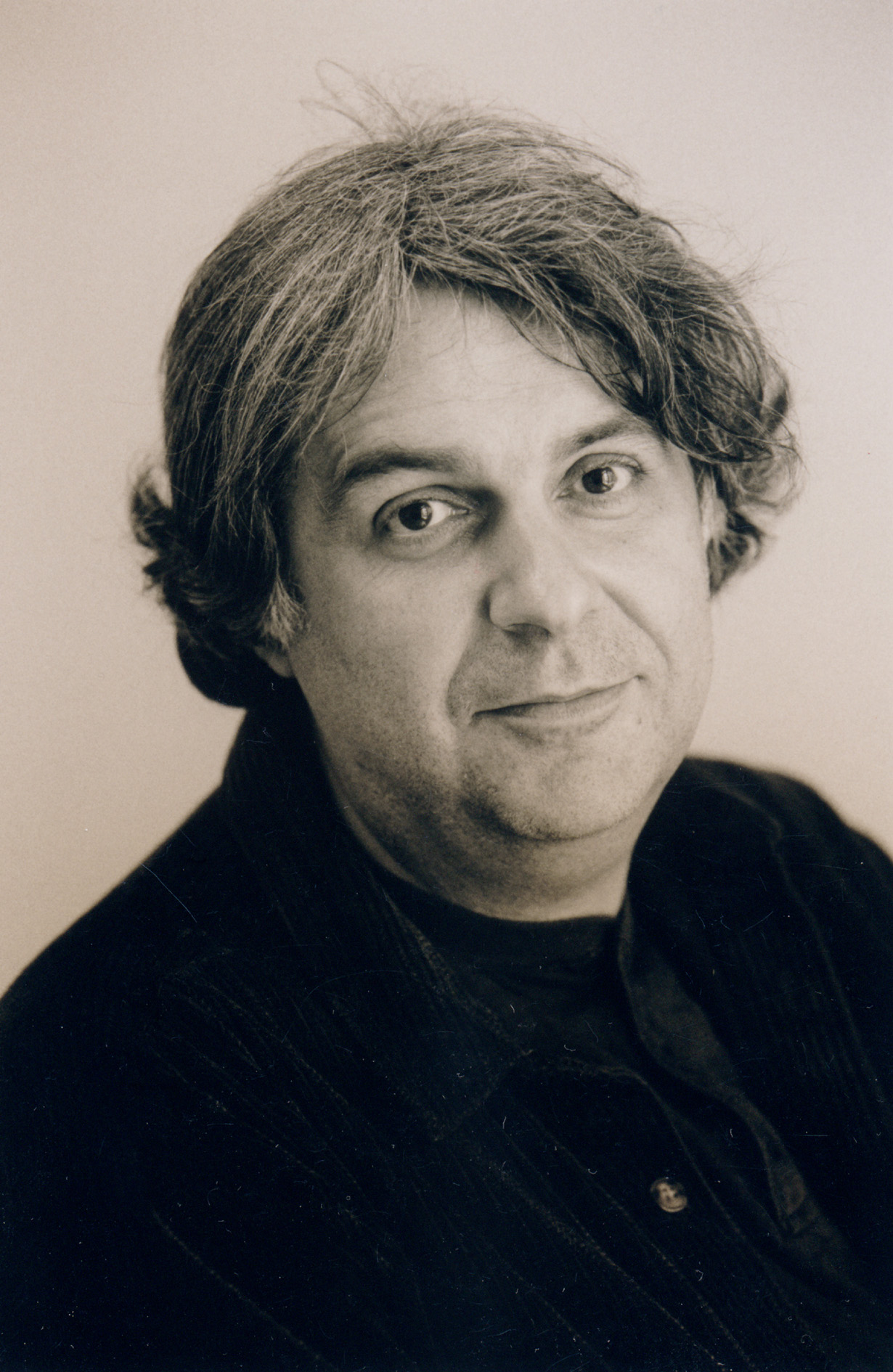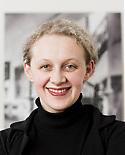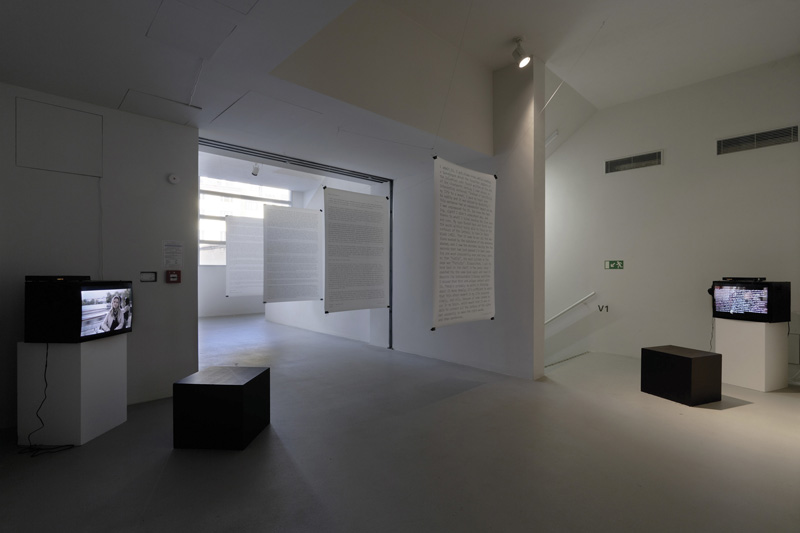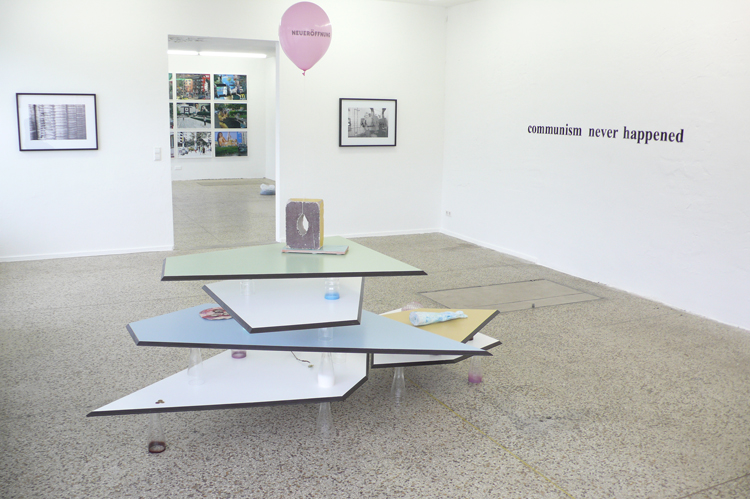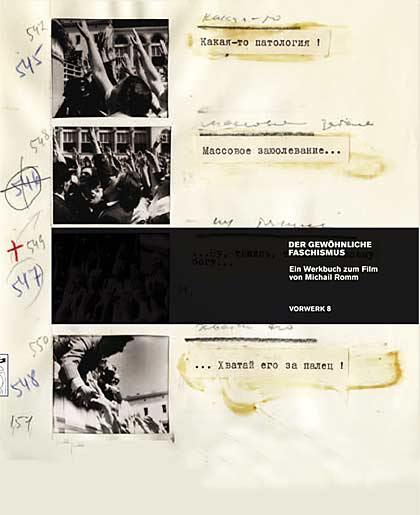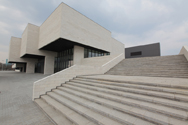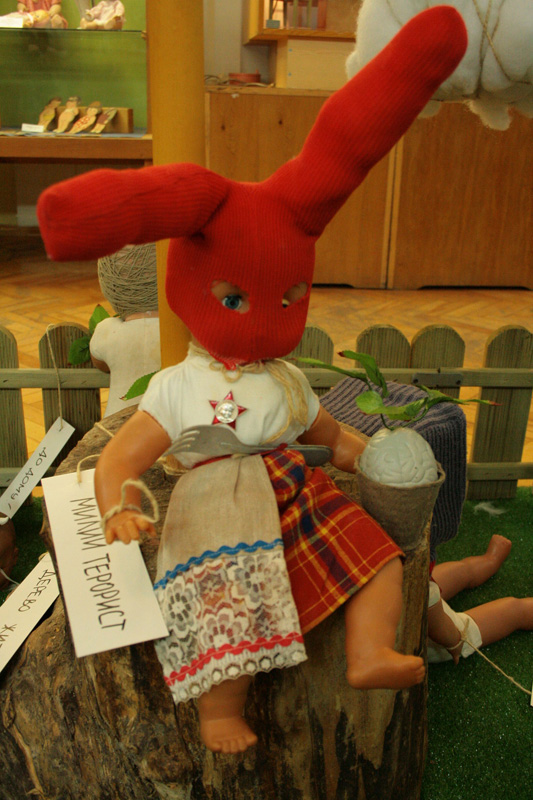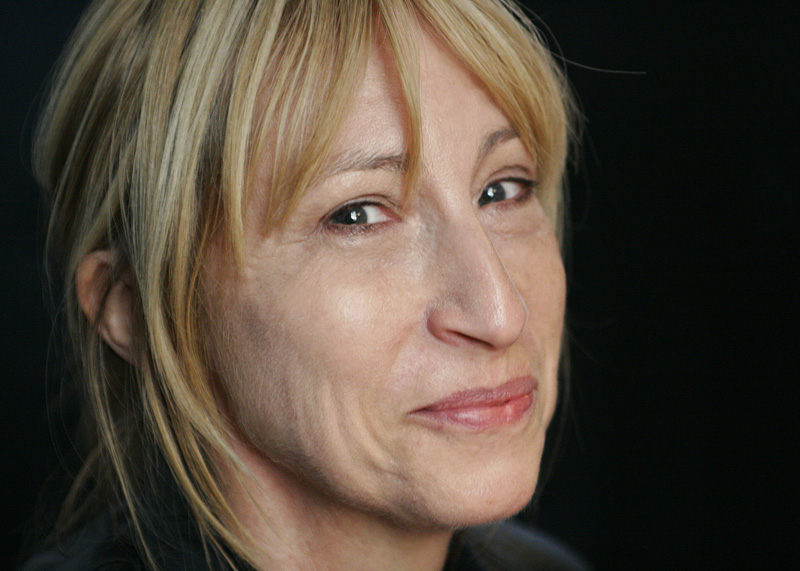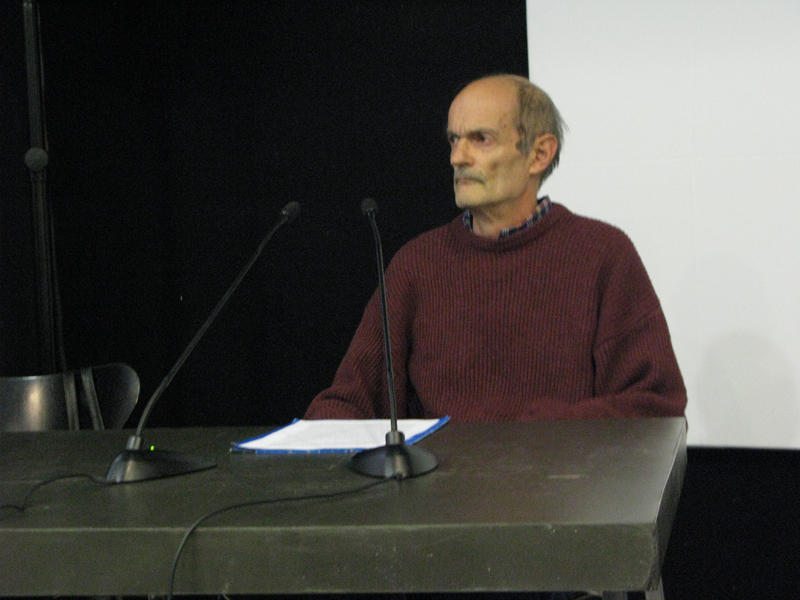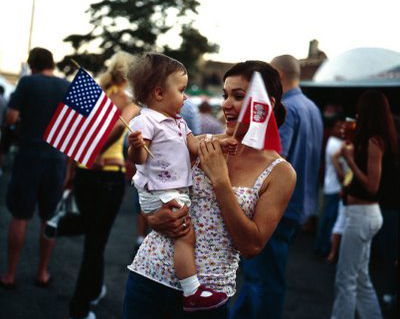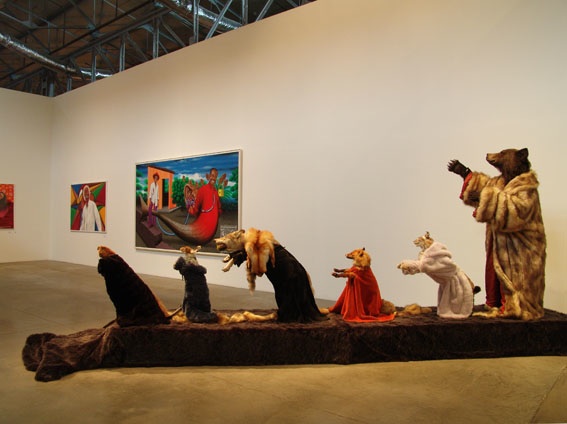Blue Noses at Guelman, Moscow (Exhib. Review)
Blue Noses (Viacheslav Mizin and Alexander Shaburov), Proletarian Conceptualism, Guelman Gallery, Moscow, December 22, 2009 – January 21, 2010.
Russian art provocateurs Blue Noses continue to trick the audience by a mixture of satire, humor, and provocation in the new series of photographic prints, Proletarian Conceptualism, at the Gelman gallery, Moscow.
The duo’s photograph of two kissing policemen (An Epoch of Clemency, 2004)
–banned by Russia’s culture minister from traveling to a scheduled show in Paris in 2007–pushed all the right buttons, revealing the hypocrisy of military morals and state censorship. In the new show, Blue Noses … Read more

